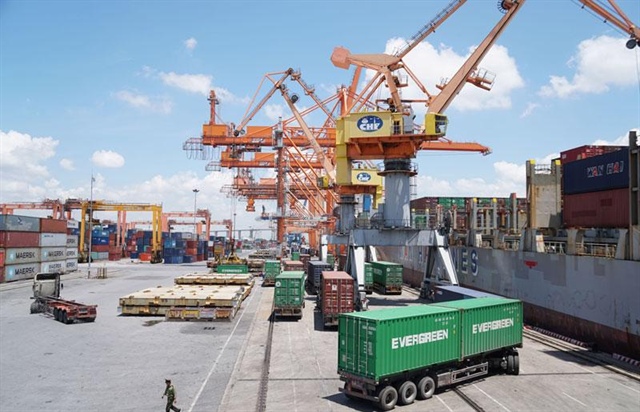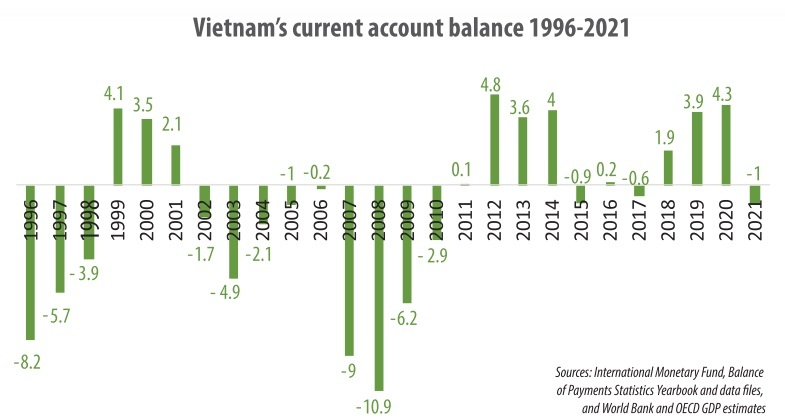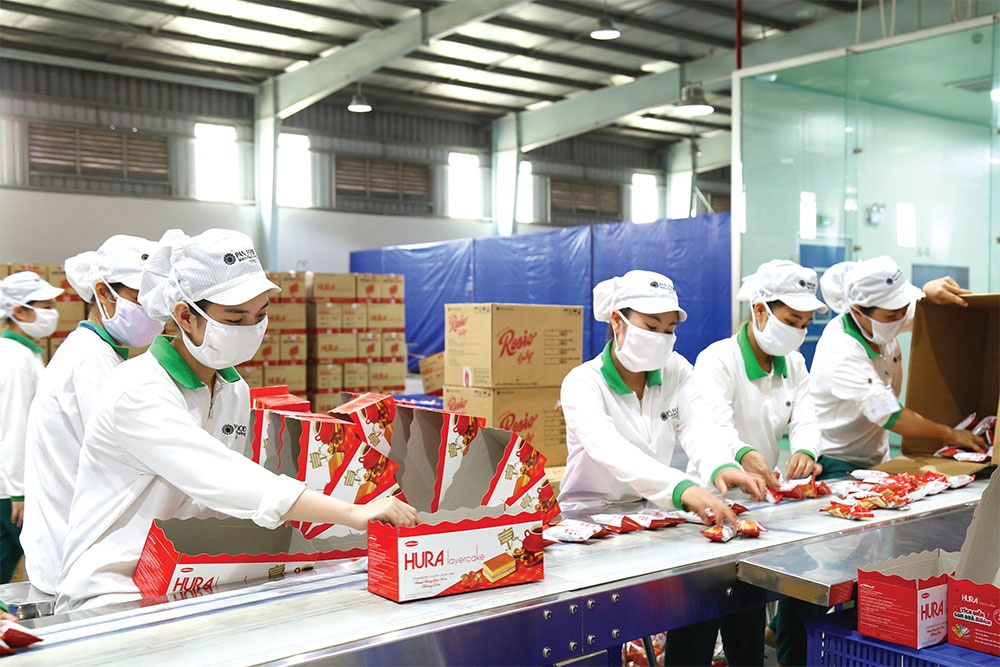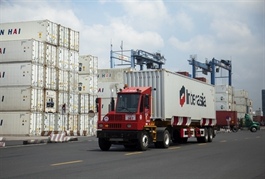PM urges efforts to support trade, investment activities
PM urges efforts to support trade, investment activities
The move would help create a driving force for economic growth across the three pillars of investment, exports and consumption.
Prime Minister Pham Minh Chinh has signed a directive urging localities and government units to simplify administrative procedures, help businesses access capital, and improve market conditions to support domestic consumption, trade, and investment activities.

Cargo handling at Haiphong Port. Photo: Cong Hung/The Hanoi Times |
The Prime Minister issued the directive in light of the complicated global economic fluctuations that have harmed global recovery and growth. The domestic economy has also been affected by both external factors and internal constraints.
To address these challenges, the Prime Minister has called on various sectors and localities to simplify administrative procedures, improve access to capital, streamline business conditions, and reduce debt, taxes, and fees. These measures aim to support businesses, expedite key projects, promote production, and create a driving force for economic growth in all three pillars of investment, exports, and consumption.
The chairpersons of the local people's committees have been tasked with reviewing and reporting on production and business activities, construction investment, and import-export, especially in areas that significantly contribute to the growth and major construction investment projects. They must also propose solutions to any difficulties related to the market, labor, credit, project investment procedures, and site clearance. The proposals should be submitted to the Ministry of Planning and Investment (MPI) by April 13.
Based on reports from localities, the MPI would categorize the groups of problems and propose the assignment of government members to work with localities to identify the causes and develop effective solutions to restore growth.
In the first quarter, Vietnam’s GDP growth increased by 3.32%, with agriculture, forestry, and fishery growing by 2.52% and services increasing by 6.79%. However, the industrial sector decreased by 0.82% compared to the same period in 2022.
This is due to a decrease in orders for key industries such as textiles, apparel, footwear, and furniture, which resulted in a 0.4% decrease in the added value of the industry and construction sector and nearly a 4.8% reduction in overall growth.


























